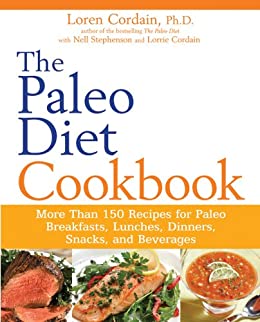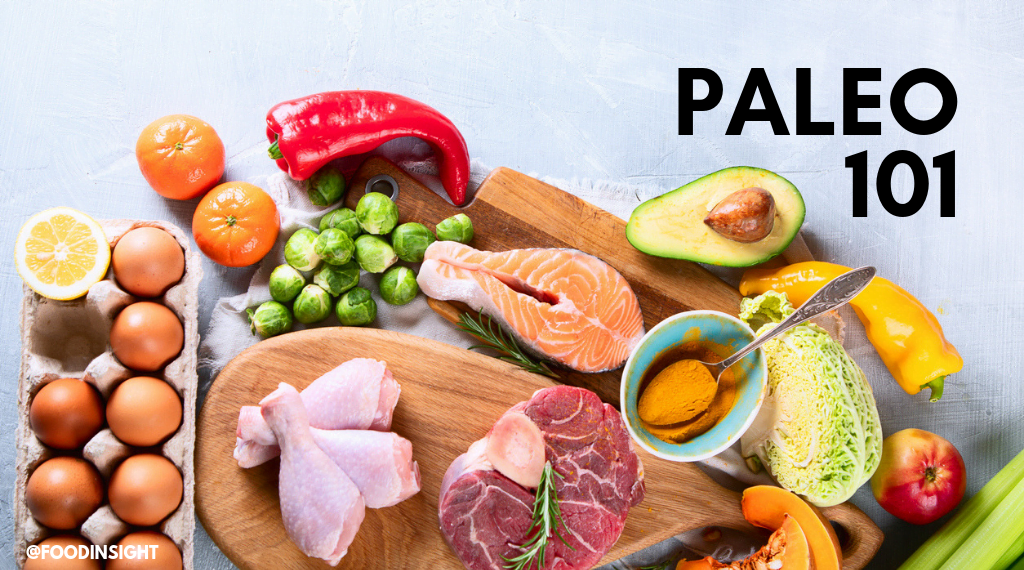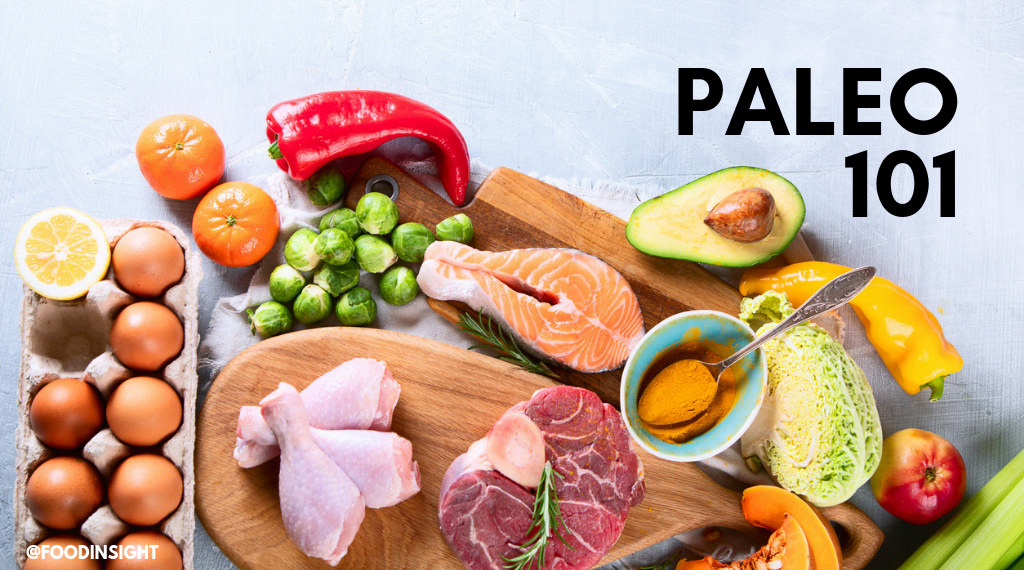
A new paleo diet study suggests that the lack of grains may be partly to blame for the reduced risk of heart disease. Participants consumed mostly non-starchy veggies and averaged 28g of fiber per daily. Their daily carbohydrate intake totaled ninetyg per day. The researchers concluded that the absence of grains contributed to this risk, as they would not have had access to carbohydrates in the form of grains. Instead, the study recommended eating starchy vegetables such as tubers and fruits, which would have increased their carbohydrate intake and resistant starch levels.
Low-carb Paleo diet
There are still many myths surrounding the low-carb Paleo diet. Many of these myths originate from outdated nutrition and diet myths that are still prevalent in many doctors' offices. Low-carb diets have been proven effective in weight loss. However, not everyone will benefit from them. It is important to read up on the Paleo diet before embarking on it.
People who eat a paleo diet could be at high risk for vitamin D deficiency and calcium deficiency. These nutrients are critical for bone health. Furthermore, consuming too much saturated fat and protein may increase the risk for heart disease, cancer and kidney disease. Paleo can offer some benefits to people who are at higher risk of cardiovascular disease. The Paleo low carb diet may be the best alternative for you.

A Paleo low-carb diet is not only beneficial for reducing inflammation. Low-carb diets are well-known for reducing blood sugar spikes as well as improving insulin sensitivity. They can also prevent inflammation and improve gut health. You can find more information in the Low-carb Paleo diet study. You don't need to follow a Paleo diet in order to lose weight.
A study conducted by Dr. Oz has concluded that carbs should make up 45-65 percent of your daily caloric intake. The result is that if you eat 2,000 calories per day, carbs will make up 900-1300 calories. The equivalent of 225 to 325g of carbs per day is 225 to 300 calories. A low-carb diet, on the other hand, can have a very low carb content.
A paleo diet offers more flexibility than a ketogenic one. It encourages you not to restrict carbohydrates but instead encourages you eat more fruits, vegetables, and lean protein. Knowing what you eat makes it easier to follow a Paleo diet. You will be less likely become dissatisfied with your diet, and your body. There's less stress to worry about what you're eating, and you'll lose weight more easily.
High-protein Paleo diet
Paleo-followers often have questions about high-protein diets. Before you start this diet, it is important to understand the limits. The upper limit for protein intake should be 30% of total calories. This is not an absolute limit. High-protein diets still have to consume carbohydrates and fat. Higher protein intake is associated with greater weight gain.

Bioavailable proteins are those that can be easily absorbed by the human body. Animal proteins, however, are better absorbed than plant-based proteins. Beef protein, especially, is better absorbed as it has already been predigested. Beef protein is from hormone-free and antibiotics-free cows in Sweden. It's also easier for people to digest and absorb hydrolyzed meat protein.
The cost is one of the main reasons people struggle to follow a study program. Cost is often a major factor in deciding whether to include protein or fat. It can be difficult to stick to a diet due to the social aspects involved, such as not liking to be seen in restaurants. It is possible to save money on Paleo while still eating well. There are many ways to manage cravings and stay motivated if you do feel the urge to eat out. Luckily, there are also several ways to stay on track without feeling guilty. These issues can be read in detail at the index page.
The high-protein and low-carbohydrate portions of the paleo diet have numerous health benefits. While the diet has a lower sugar content and carbohydrate, these effects may not be statistically significant. Studies that looked at blood pressure levels also found statistically significant reductions in diastolic blood pressure among paleo diet participants. These studies were conducted on nine to 29 people over a period of 10 days to 12 weeks.
FAQ
Can you be a self-taught cook?
You can learn to cook by yourself! It is something everyone enjoys, regardless of their level of cooking ability. If you're interested in learning how cook at home, then start cooking. Start small with things like making pancakes or spaghetti sauce for your dinner. Try new recipes and be open to experimentation when learning how to cook. You might make a few errors along the way.
You can learn to cook in a matter of hours or weeks depending on your level of cooking ability. It is important to remember that cooking doesn't have to be about following recipes. There are many different ways to prepare food, so if you have an idea in mind, go with it.
Do I need to go to culinary school to be a chef?
No. No. Many chefs began their careers learning by themselves. Some chefs even attended culinary school to gain more experience. Many chefs prefer to attend culinary school for the increased opportunities to learn and grow as professionals. Culinary schools give students hands-on experience, which allows them to develop valuable skills as well as improve their culinary knowledge.
Where can I find free online cooking lessons?
Many websites offer cooking lessons for free. YouTube offers many videos on how to cook various meals. You may have access to thousands upon thousands of recipes on some websites. These sites usually require you to pay a monthly fee, but you can try them out for free for 30 days.
Which method is best to learn how to cook?
Cooking should be something everyone can do. Cooking is a skill that will allow you to enjoy delicious food. When learning how to cook, the first thing to do is find a recipe you love and follow it closely. Next, practice making small tweaks to the recipe until the dish is your own. Try cooking for others. This will help you improve at cooking and also allow you to test your skills.
How to be a Chef
There are many paths to becoming a chef. Start by enrolling in a class at a vocational school or community college. Then, look into attending culinary school. Finally, you can take a paid internship.
Is there any difference between a chef or a cook.
A chef prepares meals for others. A cook prepares food for his or her own consumption. While both jobs involve preparing food, a chef works directly with customers. This means they may have to decide what to serve guests based on their preferences. The cook doesn't have to interact with customers. Instead, a cook makes sure the food tastes good before delivering it to customers.
What should a beginner chef learn?
Start cooking something simple, such as pasta, rice, soup. If you want to learn how to cook, go for a recipe book or YouTube video. It's much more fun to cook with someone you know. You can cook together as a family or with friends.
Statistics
- The median pay for a chef or head cook is $53,380 per year or $25.66/hour, according to the U.S. Bureau of Labor Statistics (BLS). (learnhowtobecome.org)
- According to the BLS, chefs earn $58,740 a year. (learnhowtobecome.org)
- under 10 Kids have been taught that there is special food just for them, and Fiese says that 10 percent of kids will throw a tantrum if they don't get the food they want. (washingtonpost.com)
External Links
How To
How to become a chef
A career path for chefs is one of the most interesting careers you could choose. You will need to have a lot of skills and knowledge in order to choose the right job for you. However, if you want to start working immediately, there are many ways to get into this field. You have the option to work in restaurants or hotels, as well as at catering companies. Or you can even learn how to cook. These helpful tips can help you make an informed decision about becoming a chef.
-
Learn how you can cook! Everybody should learn to cook once in their lifetime. You should learn to cook if you don't already know much about food. So many different recipes are available online, and they are easy to follow. You should not rush learning new skills. Enjoy every step and take your time.
-
Get a degree
If you want to become a professional chef, you should consider getting a culinary arts degree. You will develop your own taste and style while learning valuable knowledge. Culinary schools offer courses in baking, pastry making and meat cutting. Students are required to stay in class for several years before graduating. But if you really want to become a chef, you should think twice before choosing any school.
-
Work in a restaurant
Working in a restaurant is probably the easiest way to enter the world of chefs. Many people start out as chefs because they get hands-on experience. Restaurants seek qualified staff, especially those with previous experience in the same field. You should apply for jobs in restaurants if you are interested in becoming a chef.